Transit Moves People, Not Money
Arian Horbovetz is a Strong Towns member who writes for The Urban Phoenix. The following essay is republished from his blog with permission.
Three years ago, urbanists reveled in the growing evidence that a younger U.S. generation was swiftly rejecting automobile culture and embracing public transit as the preferred wave of the future.
A drop in the number of drivers license acquisitions, decreases in vehicle miles driven and steady increases in transit ridership across the country seemed to paint an ever-evolving image of a nationwide shift in transportation priority. Many cities looked to capitalize on this trend by undertaking new transit initiatives, with light rail and bus rapid transit (BRT) projects at the forefront. It was an exciting time to be an urban dweller, as all signs pointed toward a dynamic change in where we lived and how we moved about — even in smaller cities and towns.
Then 2016 brought about a curious shift. Transit ridership began to drop again. Car miles increased, as did auto sales. As so many massive transit projects were nearing completion or just heating up, the reality began to set in: what many urbanists saw as a decade-long shift toward transit preference was more likely the result of a down economy in which more people used transit out of necessity. The trend continued through 2017 as it became more and more evident that the rising economy meant a decrease in transit ridership.
As we look back at what appears to be a slowly closing window of opportunity to change the way we move about our cities, there are a number of lessons to be learned. Most of these lessons can be realized when we consider the painful process and diluted execution of so many transit projects across our country. But at the core of all these missteps, there lies an all-important flaw in our fundamental view of transit’s primary purpose. This flaw is based on the notion that transit’s goal is to spur economic growth rather than to connect people to key resources.
Downtown Detroit
Detroit’s QLINE streetcar, for example, has been credited with generating billions in downtown development. But while the 3.3 mile long streetcar may be the centerpiece of a downtown built around wealth, tourism and bright lights, its ridership is 40% below expectations.
Furthermore, while it fuels high-end, gentrifying investment growth along a single corridor, it fails to connect neighborhoods to jobs, resources and points of interest. In fairness, the QLINE was almost exclusively funded by developers who have a stake in Detroit’s success, and thus should, in part, be measured by surrounding economic growth.
But if we are to call the QLINE and projects like it transit, the most important metric should be ridership, and the resulting byproduct of this ridership should be economic growth, not the other way around. Transit projects that are measured by the latter metric are destined to fail, as they function less as a practical and essential resource and more as a Disney World Monorail.
The lives of recent major U.S. transit projects have striking and unfortunate similarities, most of which result in a shadow of the initial goal. Let’s use the average streetcar project as an example. Here's how these typically go:
- As the initial vision for the streetcar comes into view, proposers cite the need to provide greater connectivity across the city. Often a University falls somewhere along the transit line, which is no coincidence. All the initial plans point to an initiative that connects people to jobs, education and resources while fueling growing areas of investment and tourism.
- As the final vision begins to take shape, funding becomes the primary issue. Often major projects require a blend of public and private investment. The investors are typically owners of property or businesses along the light rail corridor who would naturally stand to benefit from light rail service. These institutions are interested in ridership potential as a source for more foot traffic in their areas. The public funds are typically dependent on how much financial commitment is in place from private investors. Private investment is the easiest way to show taxpayers that the proposed plan is healthy for their city. “See what this will do for our economy?” is a much simpler sell than “This project will provide connectivity to communities that require consistent transit access to jobs and resources.”
- Because no one wants to give anyone money without strings attached, adaptations are made to the project during the funding period. These changes to the initial plan often “water down” the connective piece and “amp up” the special interest impact. As a result, total mileages are often reduced and projects are broken up into “stages” with the first stage satisfying an already thriving economic sector in the city. In other words, planners agree to build part of the streetcar in an entertainment district, fueling vibrancy and tourism rather than connecting residents to resources. This is where the “outside-in” mistake of transit construction today really begins to take shape.
- Finalizing details takes a very long time and the public begins to rumble about the viability of the project and delays in execution.
- After the first shovels hit the dirt, the public deals mercilessly with construction and traffic interruption, which is amplified by local news reports. The countless variables that weren’t considered during the planning stages (anything from utility issues to station platform heights and the turning radius of the train cars) begin to show themselves, leading to delays and an inflated price tag. These delays and rising costs, compounded by increased traffic congestion and local business complaints that the project is costing them money turns the public’s frustration into outright anger, and the well-meaning light rail initiative appears doomed before it begins.
- Finally, after years of planning and construction, the train rolls through the red ribbon and light rail service begins. It is a novelty at first, and initial ridership numbers are often very pleasing. More than anything, the public is just glad that the project is over and they don’t ever have to hear about it again. The years of frustration have likely created such a negative view of the streetcar that any future “stage” addition will be in jeopardy before it begins.
- As time goes by and incentives to ride decrease (often these trains are free for the first few months), the novelty declines and ridership falls, sometimes dramatically. Inflated ridership projections during the investment-seeking phase (necessary to get the shovels in the ground) are now hurting the perception of the project as passenger counts are 30%-40% less than predicted. Whether it’s a lack of marketing and education or people just don’t care anymore, incidents with cars parked on tracks and traffic accidents due to careless drivers add to the eye-rolling of the local public. Equipment malfunctions, route delays due to unforeseen traffic hang-ups and routine maintenance pile on to the deflated streetcar image, which, coupled with low ridership, begins to gain negative national attention. At this point, the streetcar shapes up to be viewed as a failure. Despite a degrading image and falling ridership, the city will point to the one thing that the streetcar has done… garner private investment funds and increase tourism. The problem is, of course, this should never be the goal of transit, but rather a byproduct. The goal of transit is effectively and efficiently connecting residents who need it and choose it to jobs and resources.
And there it is. The initial plan to connect residents to their city transforms into a flashy colorful toy that promotes business and tourism rather than providing a meaningful resource for residents. Like so many of today’s urban projects, execution and completion often mean that the end product is based on the interests of a few businesses and developers, rather than benefiting our towns and the people in them.
With this in mind, it is no surprise that we may have failed to capitalize on a window of opportunity to show this nation how effectively and incrementally transit can help grow our cities. When people-first transit is eclipsed by temporarily revenue-generating showpieces, we change nothing, as our wealthy become wealthier, and our poorest communities continue to face the cycle of isolation. Transit should connect productive places to one another — allowing people to get from home to work, from school to the grocery store. Sadly, much of the recent transit built in America is striving towards a completely different goal — one that won't create long-term prosperity for our towns.
All photos copyright Arian David Photography.

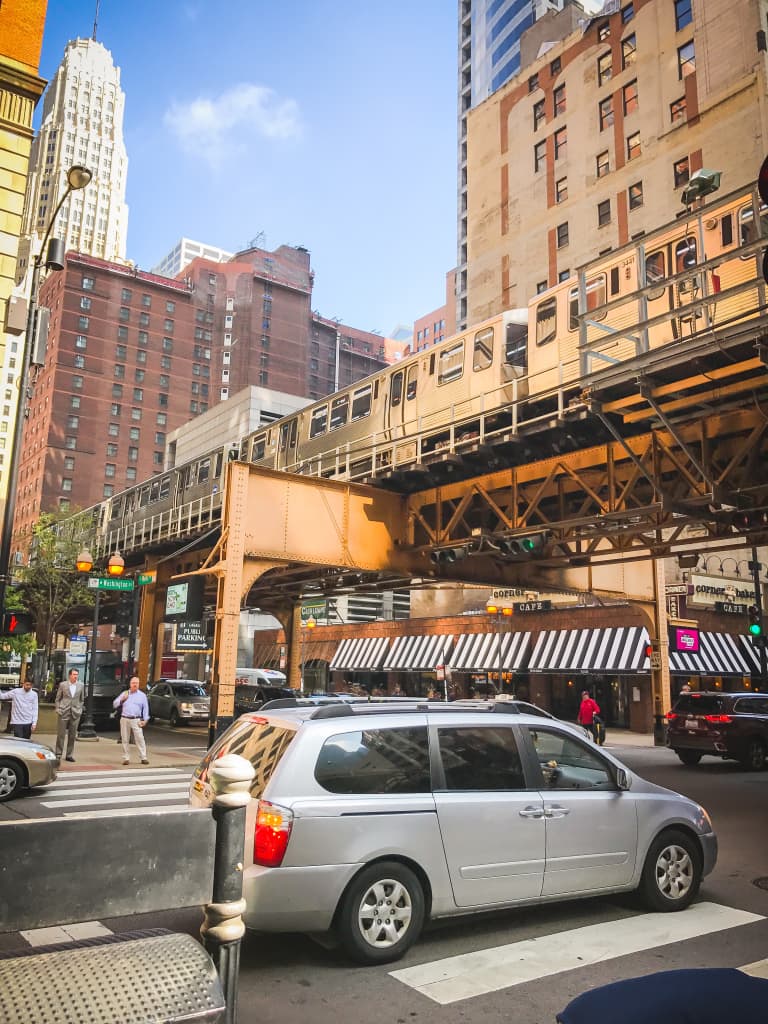
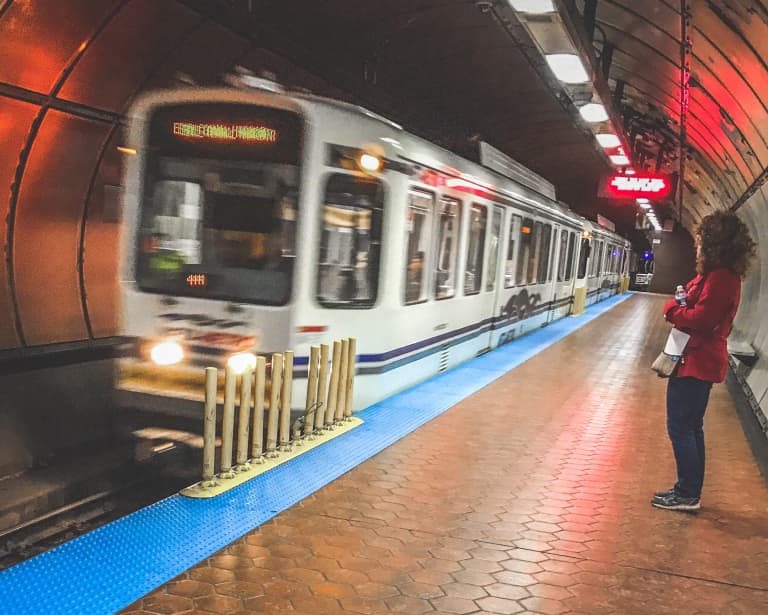
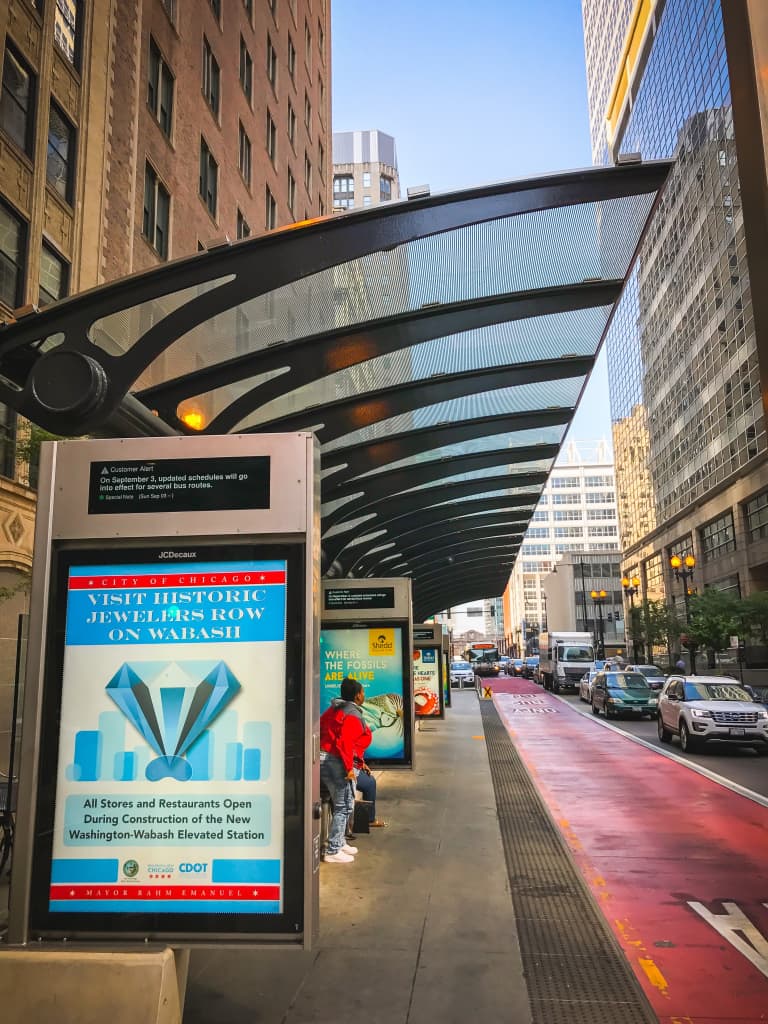
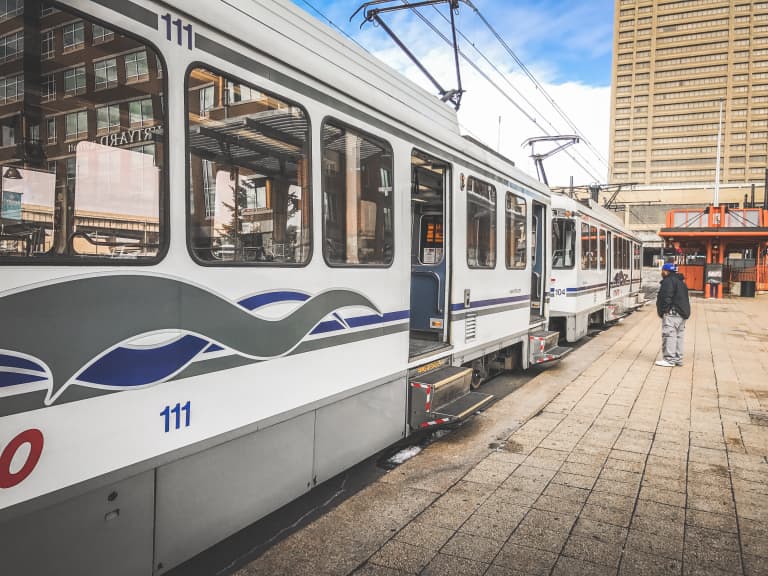

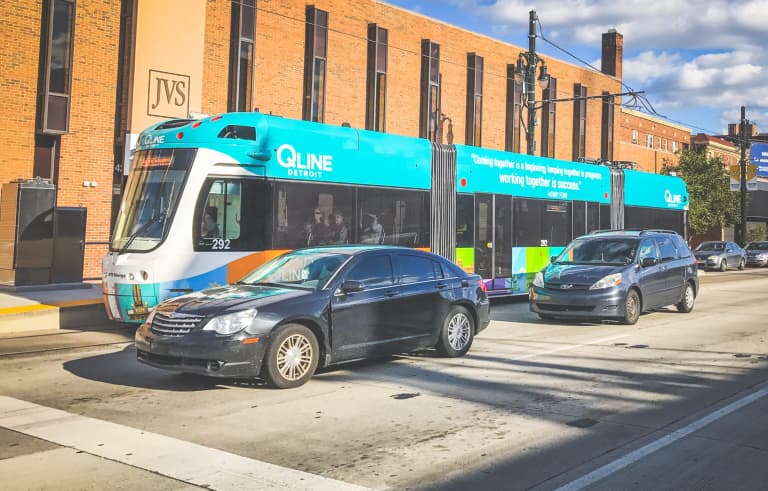




The key to transportation reform is to add options, then let people choose.